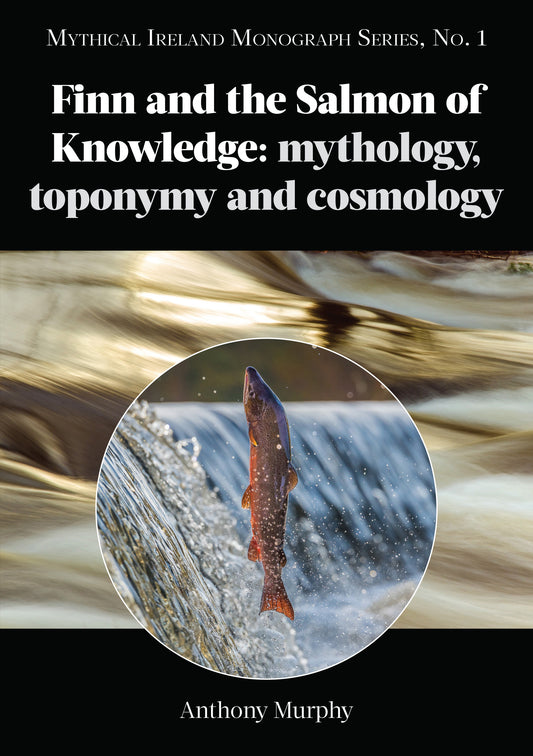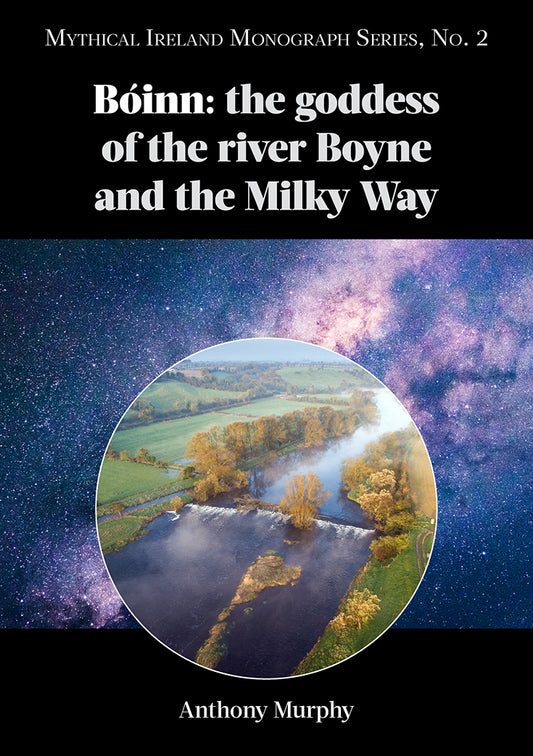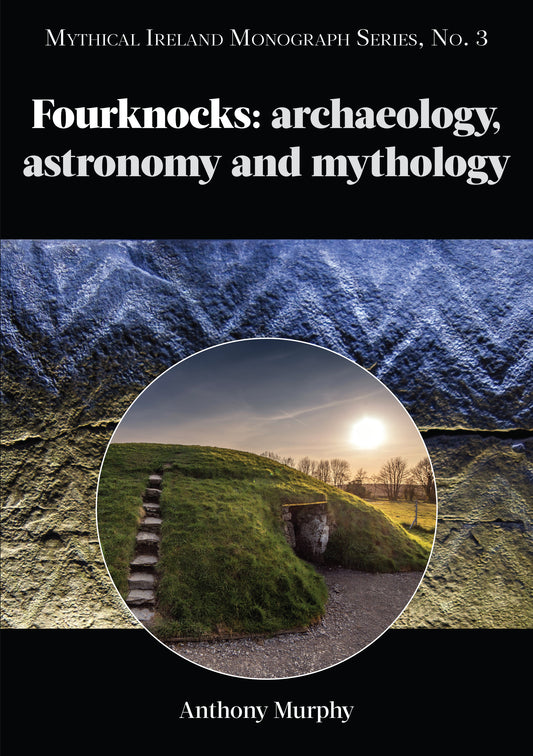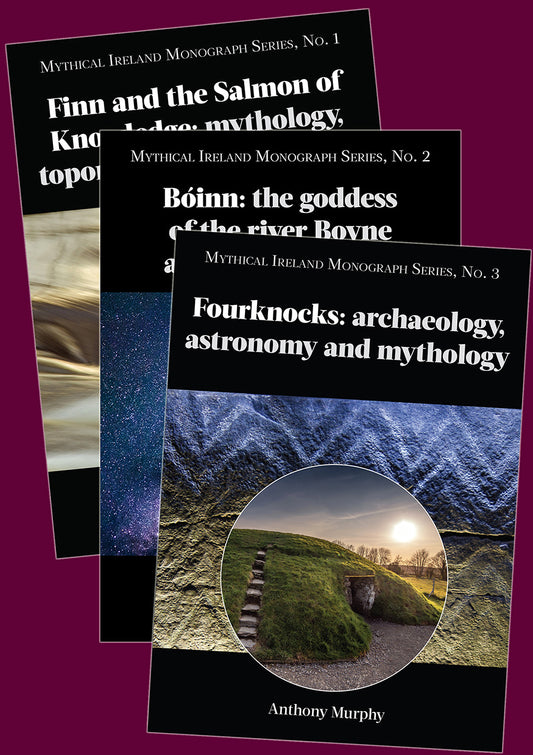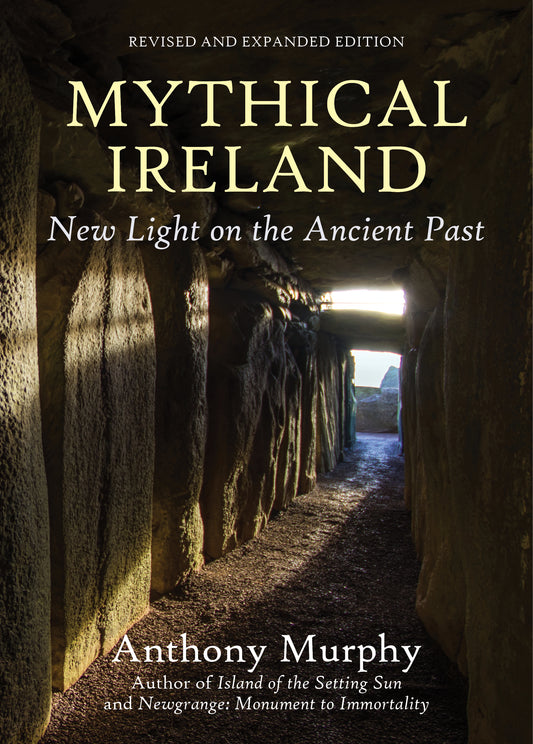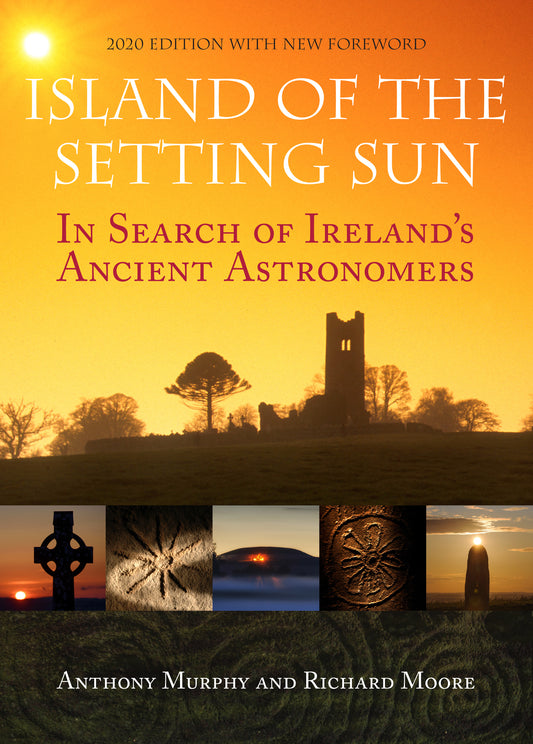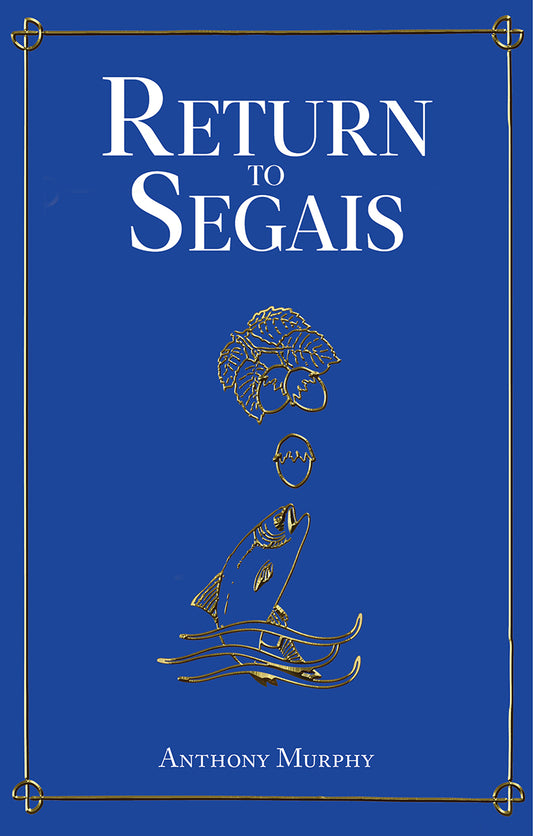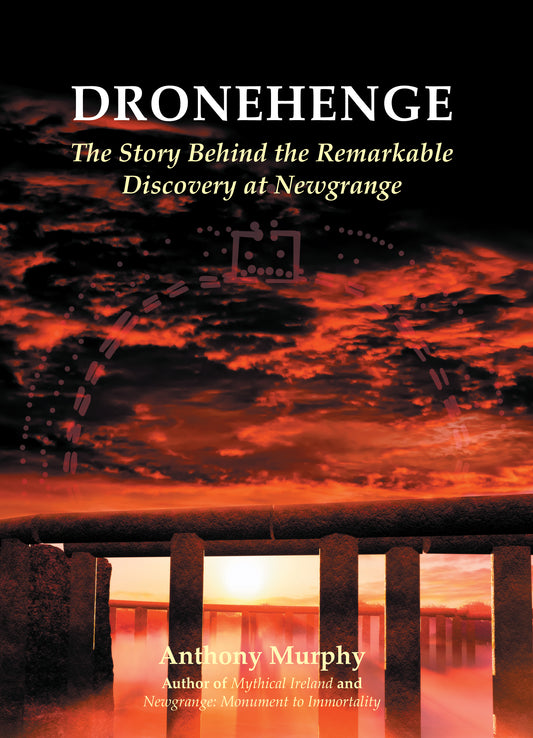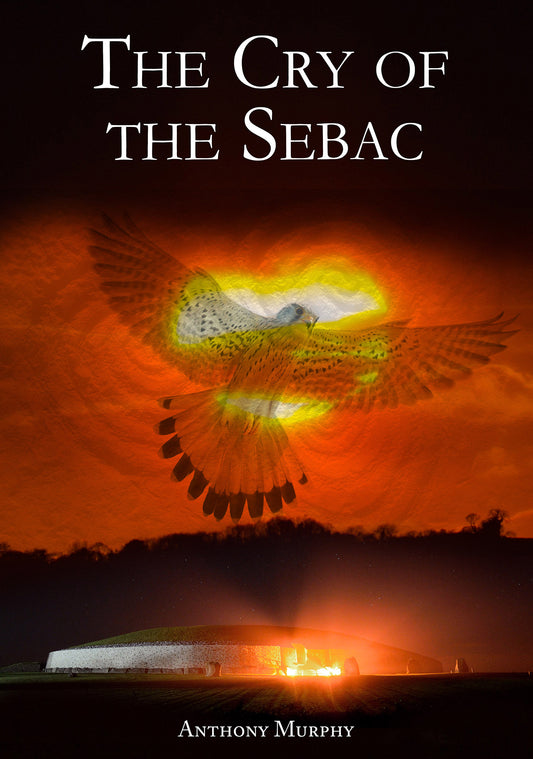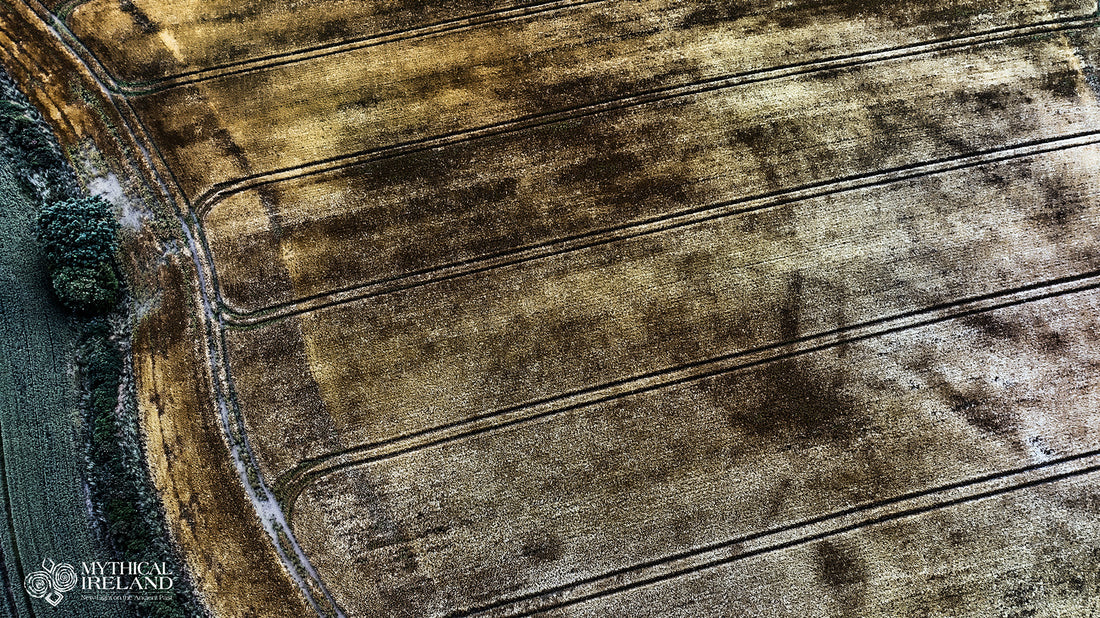
I found a large hilltop enclosure in Meath with my drone - but what is it? Could it be another Dronehenge?
Today has been a very exciting day for me. I appear to have discovered a substantial prehistoric enclosure in crop marks in a field not far from the Fourknocks passage-tomb. My initial thoughts are that it looks like Dronehenge, the probable Late Neolithic Henge I discovered with my drone in July of 2018 after a prolonged drought resulted in crop marks revealing unknown archaeology beneath the ground.
I was giving a tour of Fourknocks to a private group today when I noticed that one of the known henge monuments nearby was partly situated in a field of wheat. Knowing that wheat is the very best crop for revealing hidden archaeology, I thought I must return there soon to capture some images.
However, when my group announced that instead of going straight to Dowth from Fourknocks they would stop for a quick coffee, that gave me the time and the opportunity to fly my drone. Good thing I had it in my van!
A few moments after launching the drone, as it approached the field, I could immediately see a circular crop mark. As I flew closer, I noticed that this was, in fact, a double circle. And quickly I could see something that looked like a rectangular shape attached to the inner circle. My thoughts immediately jumped to ‘Dronehenge’, that massive 525ft-wide (154m) monument that I discovered using my drone at Newgrange Farm on 10th July 2018. It had several similarities. The rectangular ‘porch’ got me excited.
Being familiar with the National Monuments Service’s online database of recorded monuments, I was acquainted with what was recorded at this location (just under a mile from Fourknocks) and what I was seeing had not been recorded before.
The major recorded features in that location are segments of a giant embanked enclosure – probably a Late Neolithic henge – which is over 200 metres in diameter.

The newly discovered circular monument viewed from the southeast. This image has been processed to highlight the crop marks. © Anthony Murphy
My ‘new find’ was situated within that structure. I suppose I should immediately caution that I am not aware of there being a ‘henge within a henge’ anywhere in Ireland, or for that matter anywhere else.
Although we have not had a total drought like that in 2018, recent weeks have been fairly dry in the Boyne Valley area, with only very small amounts of rainfall. The result is that my find is not as well-defined in contrast as the crop marks at Brú na Bóinne were six years ago.
As with all aerial images of crop marks, caution has to be urged in terms of jumping to conclusions about what those crop marks represent. There is very little that can be said with any certainty, but here is what I think can be said with a degree of confidence:
- These new crop marks almost certainly represent a manmade structure, the remnants of which are beneath the surface.
- The structure is roughly circular.
- There are two circles (actually incomplete circles, since the northern segment of the feature is not visible, only the southern portion) which are concentric.
- The ‘enclosure’ (to use an archaeological term to describe a circular monument whose age or provenance is not known) measures at least 100 metres (330ft) in diameter.
- These crop marks are situated WITHIN the remnants of a known monument, portions of an enormous embanked enclosure over 200m in diameter which likely belongs to the Late Neolithic period (c2900BCE to 2400BCE).
- Within the partial double concentric circle enclosure are crop marks of another, smaller, double concentric circular feature.
- Neither of these double circular enclosures are recorded in the National Monuments Service database, as far as I can ascertain using their online viewer.
Beyond the above, it is impossible to say anything else with any degree of certainty. However, let me speculate and discuss possibilities for a few moments.
This newly discovered crop mark of a probable monument or manmade structure measures at least 100 metres in diameter, and possibly more. This means it is highly unlikely to be an early medieval ringfort, since the largest of those has a diameter of around 75m.
In my view we are looking at crop marks representing the subsurface remains of a prehistoric enclosure. But belonging to which period?
The answer is that we cannot determine that with any level of certainty without excavation and the retrieval of organic material that can be radio carbon-dated, and without uncovering artefacts and pottery and tools and weapons that might give us a better idea of when the structure was in use.
There are several possibilities as to what it could be.
Late Neolithic Henge
When I announced the discovery today, I jumped at the comparisons between this ‘new’ monument and Dronehenge. There are similarities – most notably an apparent rectangular porch-like feature discussed above, which appears to mimic Dronehenge. However, this is far from definite. There are differences too. Dronehenge has a double segmented ditch marking its perimeter. The new one has what looks like a continuous fosse or ditch, and an outer ditch which appears either segmented or even palisaded (i.e. consisting of individual post-holes which were dug to facilitate the insertion of large wooden posts). There are hints of a third circle, situated between the two ditches already mentioned, and one or two of my aerial images suggest this may have consisted of post holes spaced apart.
Causewayed Enclosure
A distinctly exciting possibility is that the crop marks reveal an Early Neolithic Causewayed Enclosure. This would make it a LOT older than Dronehenge, and older than the Newgrange and Fourknocks passage-tombs by several centuries. The outer ring/enclosure appears in places to be irregular and not joined up. Probably the best-known example of a Causewayed Enclosure in Ireland is the one at Magheraboy, Co. Sligo. I am not aware of any examples in or around the Boyne Valley.
Bronze Age Hill Fort
Some of Ireland’s hill forts belong to the Neolithic, but there was a marked intensification of their construction in Ireland during the Bronze Age, particular the Middle to Late Bronze Age. One double-ditched hillfort recently revealed in imagery and partial excavation by the Discovery Programme at Faughan Hill, Co. Meath, measured 200m in diameter. It is the only KNOWN excavated hillfort of its type in Meath.
Iron Age Palisaded Enclosure
My thanks to Sally Siggins for pointing out that my new discovery could be an Iron Age Palisaded Enclosure. This type of monument would be later than all those listed above, but would still belong mostly to prehistory and maybe the early centuries AD. Several are known, for instance at Donegore Hill, Co. Antrim, which like my find consists of two concentric ditches.
Ecclesiastical enclosure
This new discovery is highly unlikely to be an ecclesiastical enclosure, which belong to the early medieval period in Ireland, since there is no evidence that I am aware of that the location of the find (within a Late Neolithic embanked henge) was ever associated with a church or monastic site.
Archaeologists
Right now, as an untrained ‘citizen’ archaeologist with a limited knowledge of various types of prehistoric enclosure, I am unable to speak with any certainty about exactly what I have found. I eagerly await the input of archaeologists, especially those with a good knowledge of prehistoric enclosures and crop marks, which may help us to narrow down the type of structure I have found.
My images also show a further, smaller, double concentric circle (perhaps slightly flattened circles) inside the larger double-ditched enclosure. The crop marks of this are not as dark or well-defined as the larger structure, but my initial thought was that it looked quite a lot like the Late Neolithic ‘Four-Poster’ monument revealed by drone imagery captured by Ken Williams and I at Newgrange Farm in 2018.

What we appear to have at this location near Fourknocks is a small double-circle enclosure within a larger double-circle enclosure within a larger embanked henge. A highly unusual situation.
Some months ago, archaeologists working with the Discovery Programme’s Tara Research Project revealed evidence of two giant enclosures on Faughan Hill, which lies about 31km (19 miles) west-north west of today’s find. One of those enclosures measured 250m in diameter and was a large fenced feature dating from the Middle Neolithic (3635-3380 cal BC). Another even larger enclosure, dating to the Late Bronze Age, was 400m in diameter and consisted of two concentric fosses or ditches, as mentioned above.
It would appear that the hill upon which my latest find is situated was the scene of much human activity in prehistory. However, the exact nature of the manmade structures that were built on that hill is unknown, and unfortunately may be unknown for many years to come.
I look forward to hearing the opinions of expert archaeologists on this latest find. Whatever it may transpire to be, in terms of its classification and age, I am excited and delighted to have found it using my drone.
Drones have been immensely useful in finding and recording unknown archaeological features. I am thrilled to have played my part in uncovering significant remnants of Ireland’s fascinating past.
Anthony
This article was first published for Mythical Ireland email subscribers on 7th July 2024.
For new images of this discovery, become a Mythical Ireland patron on Patreon at the Iron Age level or above!

